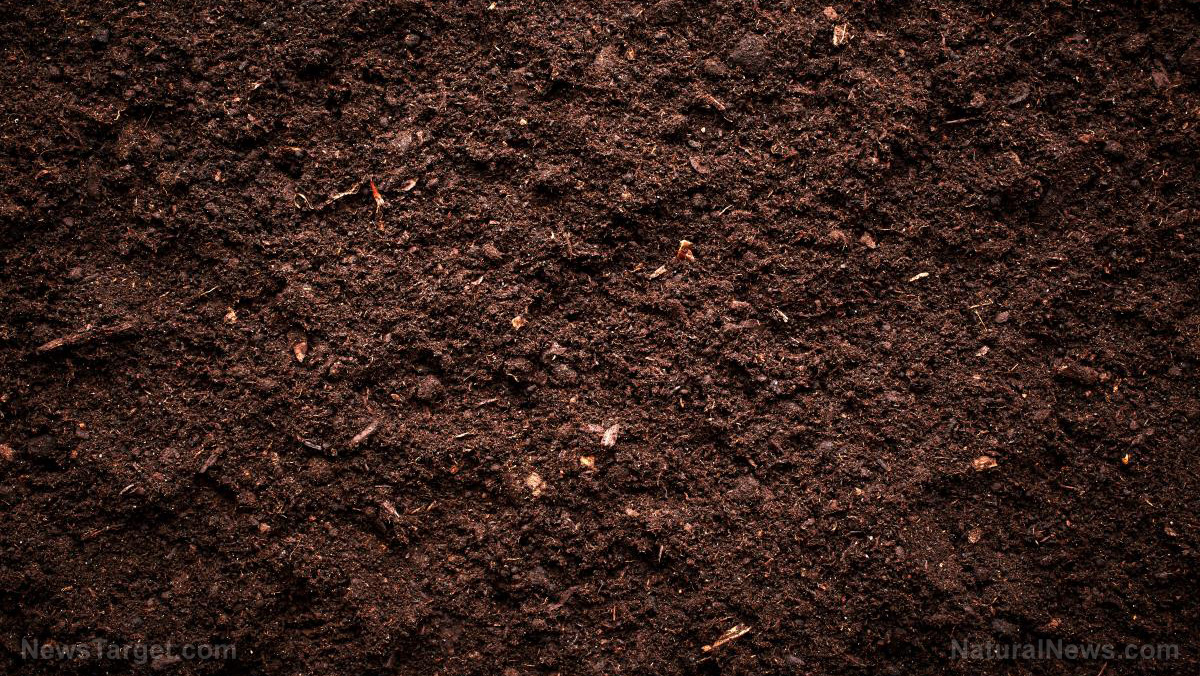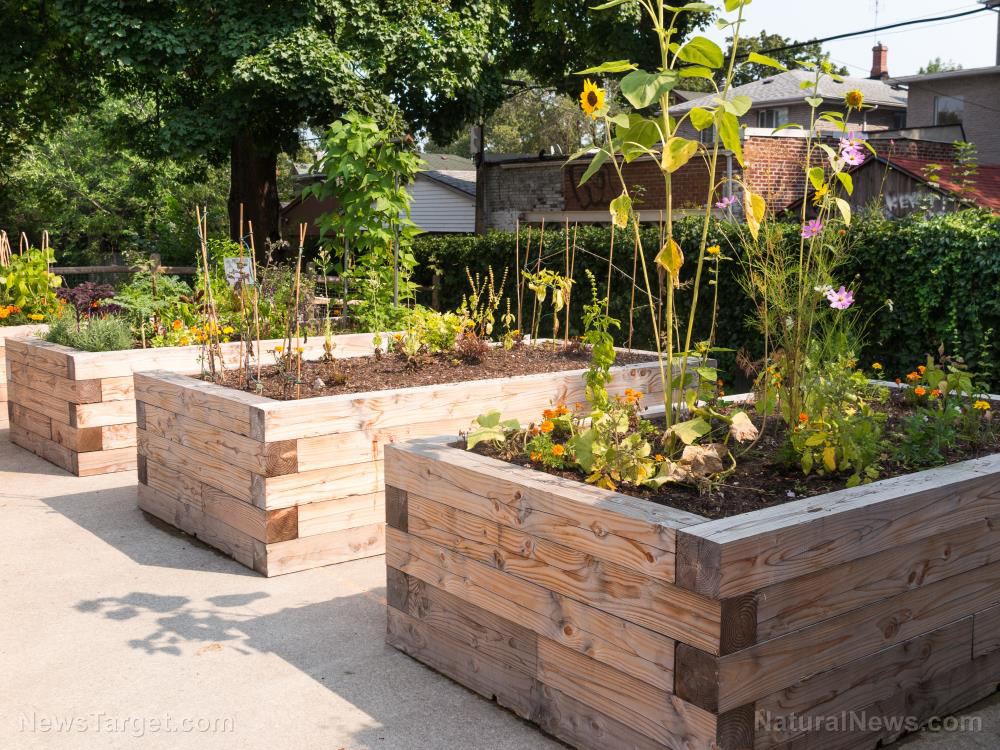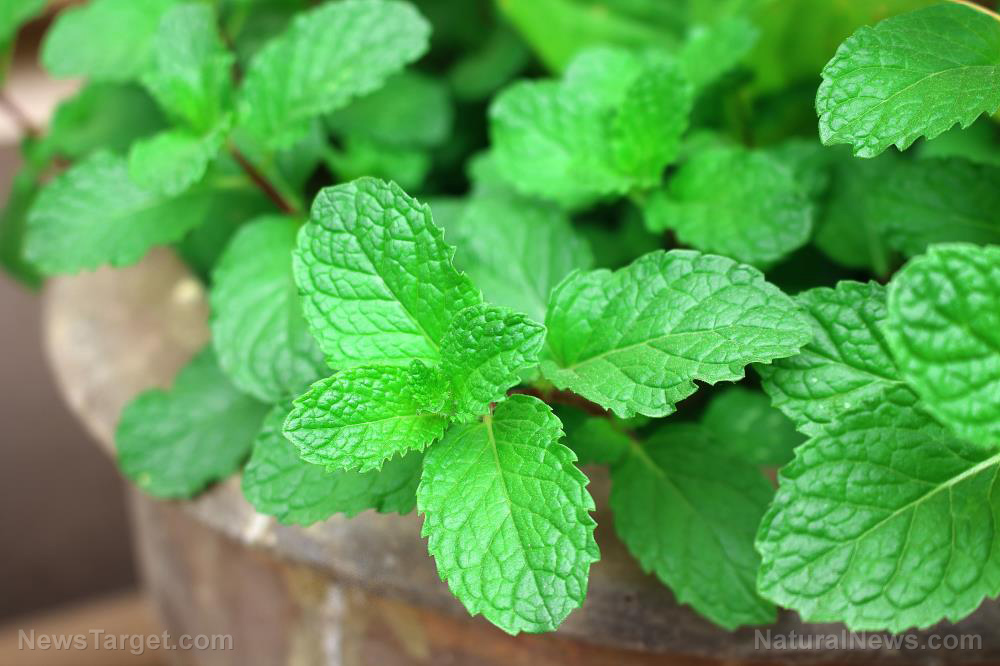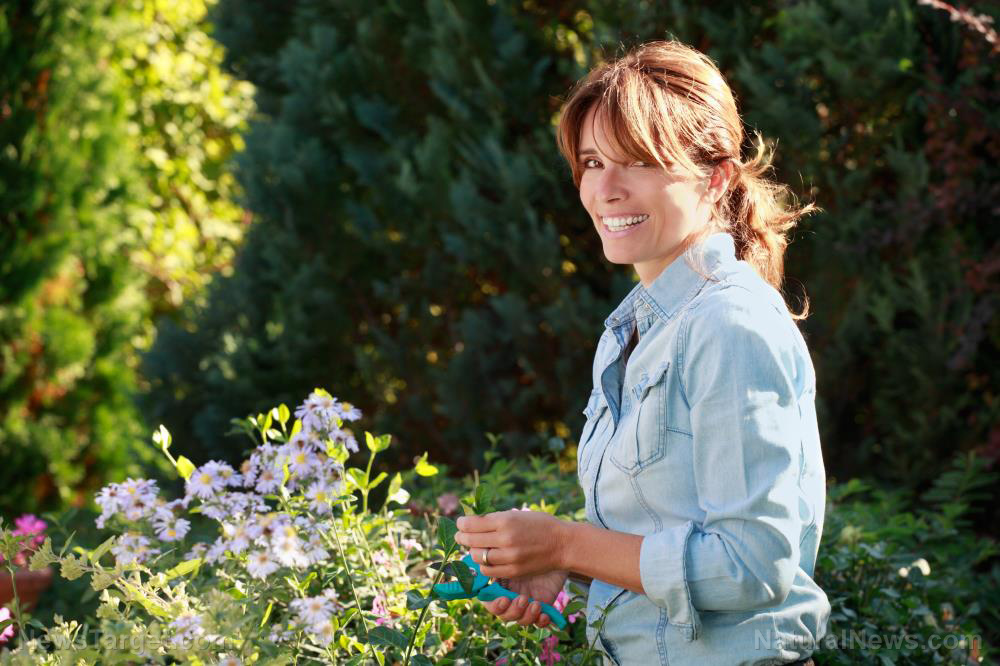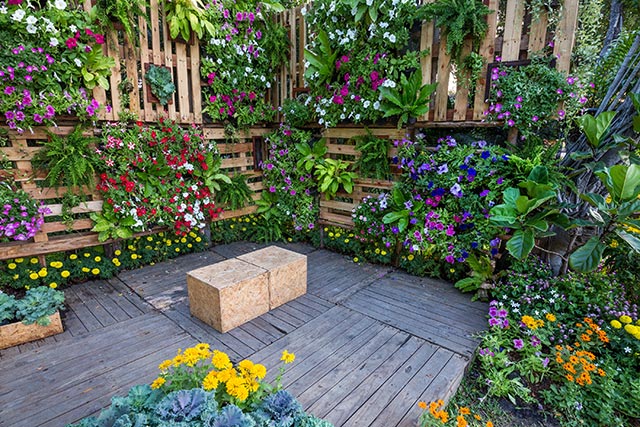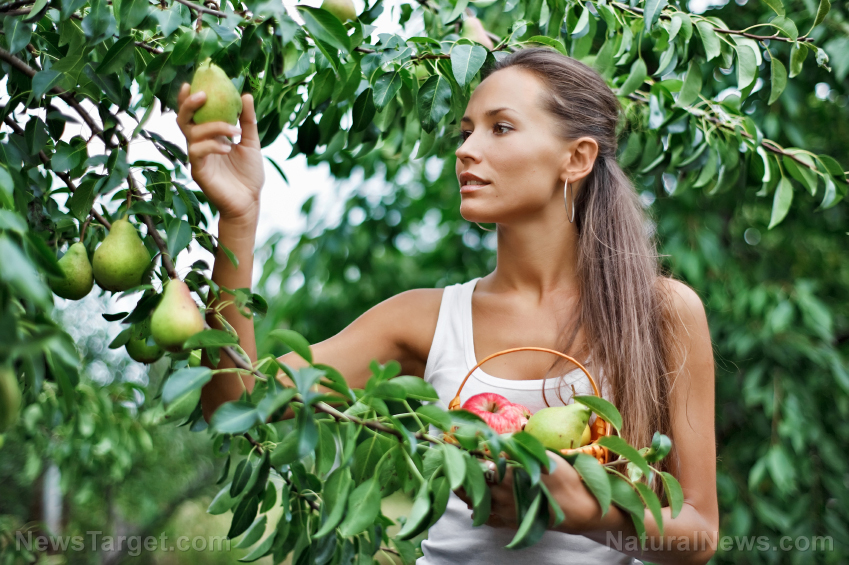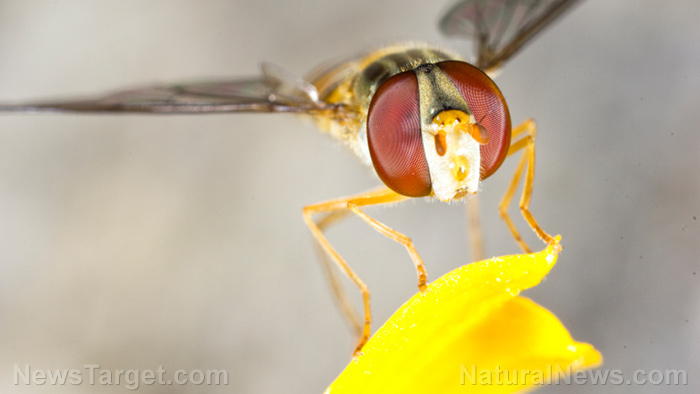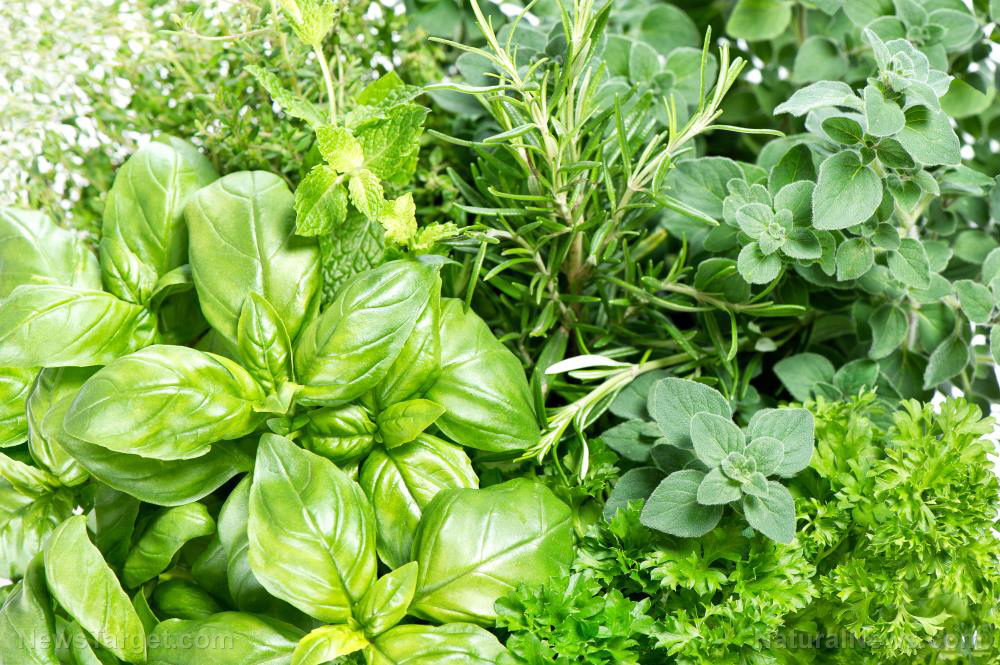The beauty and efficiency of vertical farming systems
10/22/2018 / By RJ Jhonson
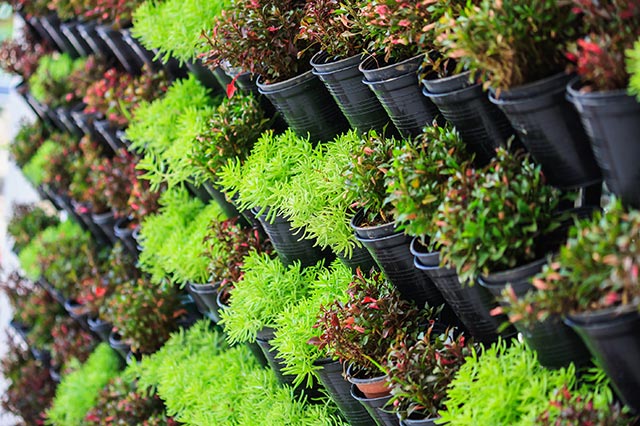
Unlike traditional farms where crops are planted horizontally along or on the ground, vertical farming systems (VFS) stack crops on top of each other in vertically arranged layers. A study published in the journal Food & Energy Security investigated the potential of VFS as an alternative approach to horizontal crop production systems.
- The researchers compared VFS and horizontal hydroponic systems (HHS) in terms of lettuce (Lactuca sativa) yield.
- The authors ensured that lighting, as well as root zone volume, planting density, and fertilizers, were identical for both systems.
- They assessed light distribution, in terms of photosynthetic photon flux density (PPFD), and yield, in terms of shoot fresh weight, to compare the outcomes from the two systems.
- Analysis showed that both PPFD and shoot fresh weight decreased significantly in VFS from the top to the bottom layers respectively. These were compared to the plants harvested from HHS.
- However, the researchers noted that VFS was able to produce more crops per unit of growing floor area than HHS.
The researchers concluded that vertical systems may, in fact, be used as an alternative to horizontal systems for producing food crops. They recommended improving artificial lighting technologies to increase the yield of vertical farming systems.
Read the full text of the study at this link.
Journal Reference:
Touliatos D, Dodd IC, Mcainsh M. VERTICAL FARMING INCREASES LETTUCE YIELD PER UNIT AREA COMPARED TO CONVENTIONAL HORIZONTAL HYDROPONICS. Food and Energy Security. 2016;5(3):184–191. DOI: 10.1002/fes3.83
Tagged Under: aeroponics, agriculture, conventional farming, homegardening, horizontal farming, hydroponics, organic farming, traditional farming, vertical farming, vertical farming system, vertical gardens






